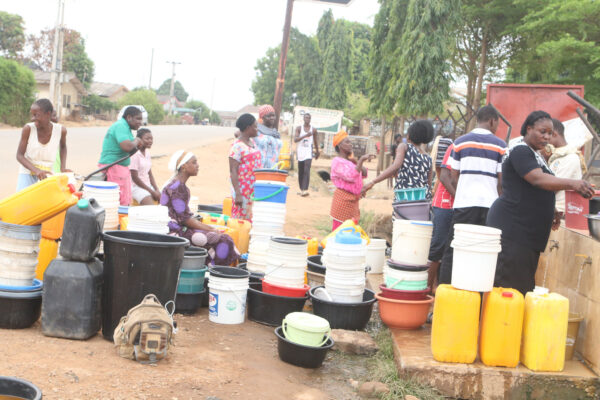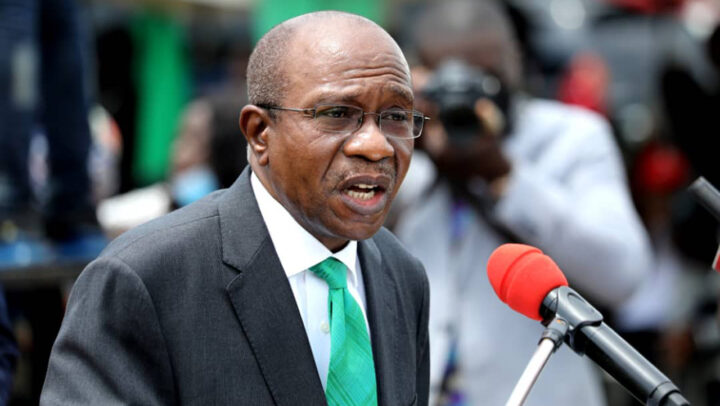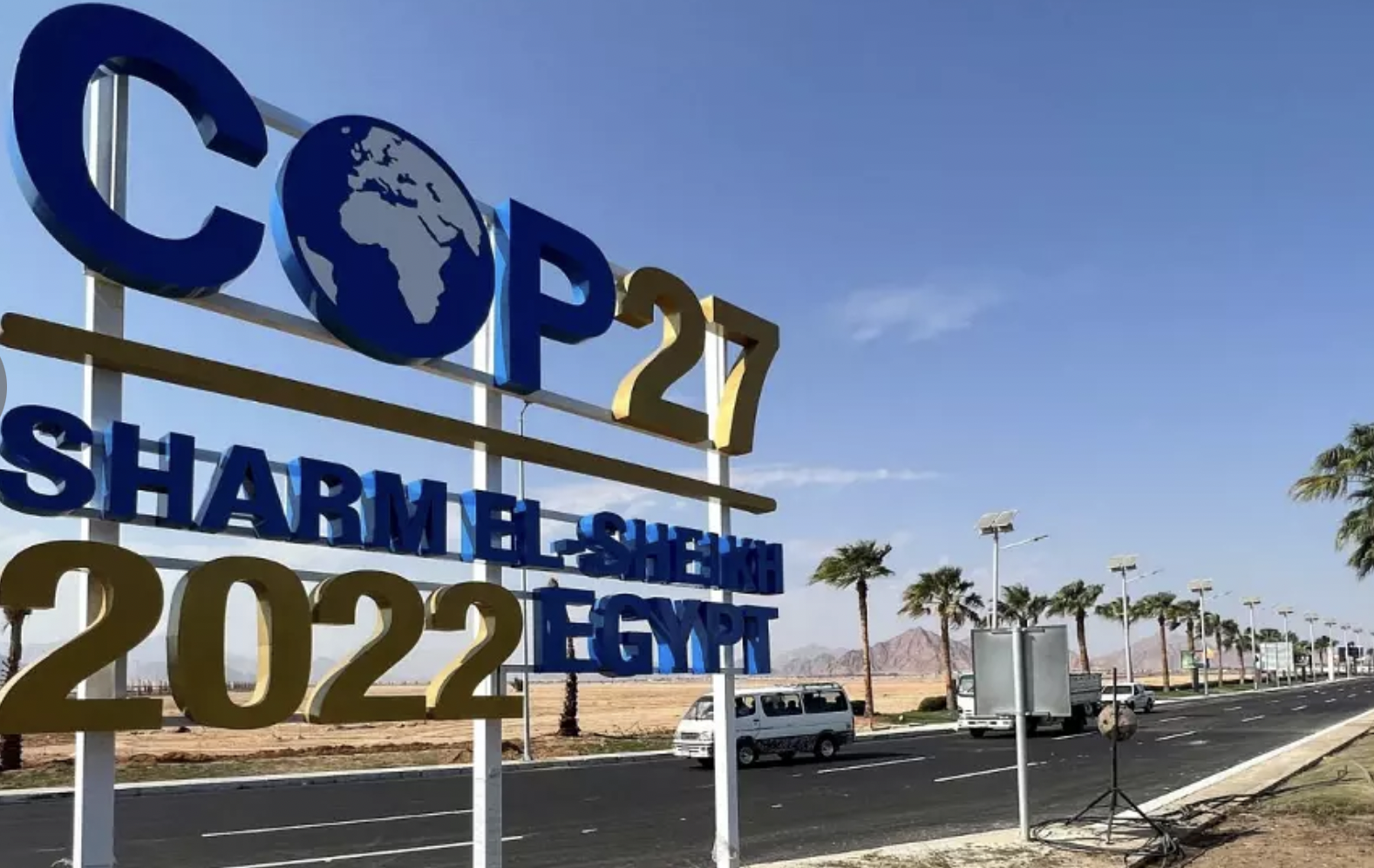BY CHINEDU ORJI
It is common knowledge that the long years of military rule bequeathed a legacy of decrepit socio-economic infrastructure to Enugu state. But by far the most challenging is the perennial water scarcity in the Enugu metropolis, which is worsened by the city’s geological formation and makes it difficult, if not impossible, for individual households and businesses to drill boreholes, as they could hardly hit any aquifer or groundwater.
It is against this backdrop that the tale of a $50 million grant from the French Development Agency (AFD) to Governor Ifeanyi Ugwuanyi’s administration to tackle the perennial water scarcity in the state’s capital, has become a recurrent decimal, especially during the election season because people are understandably desperate for potable water. But was the state actually given the said sum as often claimed?
True, Enugu state was selected alongside Ondo and Plateau states to participate in the 3rd National Urban Water Sector Reform Project (3rd NUWSRP) to fill the observed gaps in the areas of reform and capacity building that were needed to actualise the full project development objectives (PDO) of the 1st NUWSRP, which the state, as well as Ogun and Enugu, implemented between 2004 and 2013.
Advertisement
True also, the portfolio for this French Development Agency (AFD) support to the 3rd NUWSRP is $158 million out of which $50 million will be lent to each of Enugu state and Plateau state, while $57 million will go to Ondo state. A sum of $1 million goes to the federal ministry of water resources.
However, of this total sum, Enugu state has only accessed the first drawdown, being a sum of €3 million as of March 2022. And out of this sum, only €1.6 million, or about 60% of this drawdown has been disbursed. More light will be thrown on this shortly.
Meanwhile, the broad objectives of the AFD-funded project in Enugu state are to develop water supply infrastructure in the capital city to make pipeborne water available to more people and improve the service provided to the customers; to improve the financial viability and the performance of the Enugu State Water Development Corporation (ENSWC), and to improve water sector governance in the state.
Advertisement
Consequently, the project is set out to holistically address the challenges in water supply service delivery in the Enugu metropolis under the thematic areas of production, transmission, distribution, metering, revenue generation, and revenue recycle management for sustainability and return on investment. While the hard component consists of investments to rehabilitate, upgrade, and expand the Enugu City water supply system, the soft component consists of support to the sector reform and capacity building to improve ENSWC’s technical, commercial, financial, and managerial performance.
More specifically, the hard component consists of the rehabilitation of Ajali and Oji River waterworks and installation of a dedicated power line for Ajali; up-grading of the water transmission system by the installation of a second pipeline, which is 12.8km long; replacement of about 240km of asbestos cement pipelines (made up of 40km in the primary distribution network and 200km in the secondary network); expansion of the secondary pipe network over about 60km; supply of nearly 5,000 new domestic connections; and replacement of all the 16,000 existing connections with new piping and installation of a meter on each connection.
The soft component, on the other hand, consists of support to the project implementation unit (PIU) and assistance to the state-level authorities in order to facilitate the institutional transition consisting in granting more autonomy to ENSWC.
But as earlier stated, the state government has only accessed the first drawdown totaling €3 million out of the $50 million total project sum. And out of the €3 million, it has spent only €1.6 million. Therefore, the balance of a little over €39 million has not even been drawn down, let alone spent.
Advertisement
The truth also is that World Bank and international development agencies’ interventions have processes. They also follow strict financial and project regulations and supervision. For instance, the Enugu state government must disburse at least 80% of the first drawdown (€3 million) to qualify for another drawdown from the AFD. But it has only disbursed about 60% for now.
The other point to note is that apart from being highly regulated to ensure transparent, effective, and efficient utilisation of resources to achieve project objectives, there is the consultancy aspect, which is usually part of the funds. Also, parts of such funds could, in some cases, come directly in kind.
Meanwhile, delays encountered in this particular project are mainly due to bureaucratic bottlenecks and the huge time lost to the COVID-19 pandemic. For instance, some bureaucracies/regulations, which were not in the initial project implementation manual (PIM) were introduced in the course of the project. These delays have consequently necessitated the amendment of the timeframe for the project, which is now fixed for five years (2018 to 2023). There is also a fresh proposal for a further extension to 2024 to achieve the required result.
The good news, however, is that the project has been going on steadily and the groundwork have been substantially done. In the infrastructural component of the project, for instance, procurement for 2-Ajali and pipeline system as well as Oji Water Works rehabilitation have reached advanced stages, while the environmental and social impact assessment (ESIA) report, as well as the geotechnical report, has been approved by the federal ministry of environment for physical works to start.
Advertisement
The progress made in the infrastructural component of the project was made possible by successes quietly recorded in the areas of project management support consultancy services, cartography of water supply networks consultancy services, institutional technical assistance consultancy services, and organisational technical assistance consultancy.
However, while the nimble and determined efforts to end the perennial water problem in Enugu are ongoing, it is equally the strategic thinking of the key drivers of the 3rd NUWSRP in Enugu state, namely the Governor Ifeanyi Ugwuanyi administration and the AFD, that waiting till the full implementation of the project that will ultimately end water scarcity in Enugu before delivering water to Enugu city would worsen the situation and put residents through unimaginable hardship.
Advertisement
Therefore, the Ugwuanyi administration has continued to implement some short-term interventions simultaneously or alongside the AFD-funded project to alleviate the water supply shortages in the state. For instance, the administration has made substantial investments in maintaining water production facilities at Ajali and Oji and also in sustaining operations. The government had once earmarked the sum of N1 billion for the procurement of pumps for Ajali and Oji. There is equally the 9th Mile Crash Programme Water Schemes, matched with the Captive Power Generation System for the programme. All are geared towards optimising water production in the short-term and helped in no small measure in addressing the challenges posed by COVID-19 at the height of the pandemic.
So, all said, if we put politics aside, it is not difficult to see that the Enugu state government was not paid any $50 million by the French Development Agency (AFD) or the World Bank as people are made to believe. It is also difficult not to trust the government when it says that the project, which embodies the ambitious and genuine efforts to make water scarcity in Enugu City a thing of the past, is very much on course.
Advertisement
Orji, a development analyst, writes from Enugu
Advertisement
Views expressed by contributors are strictly personal and not of TheCable.
Add a comment






